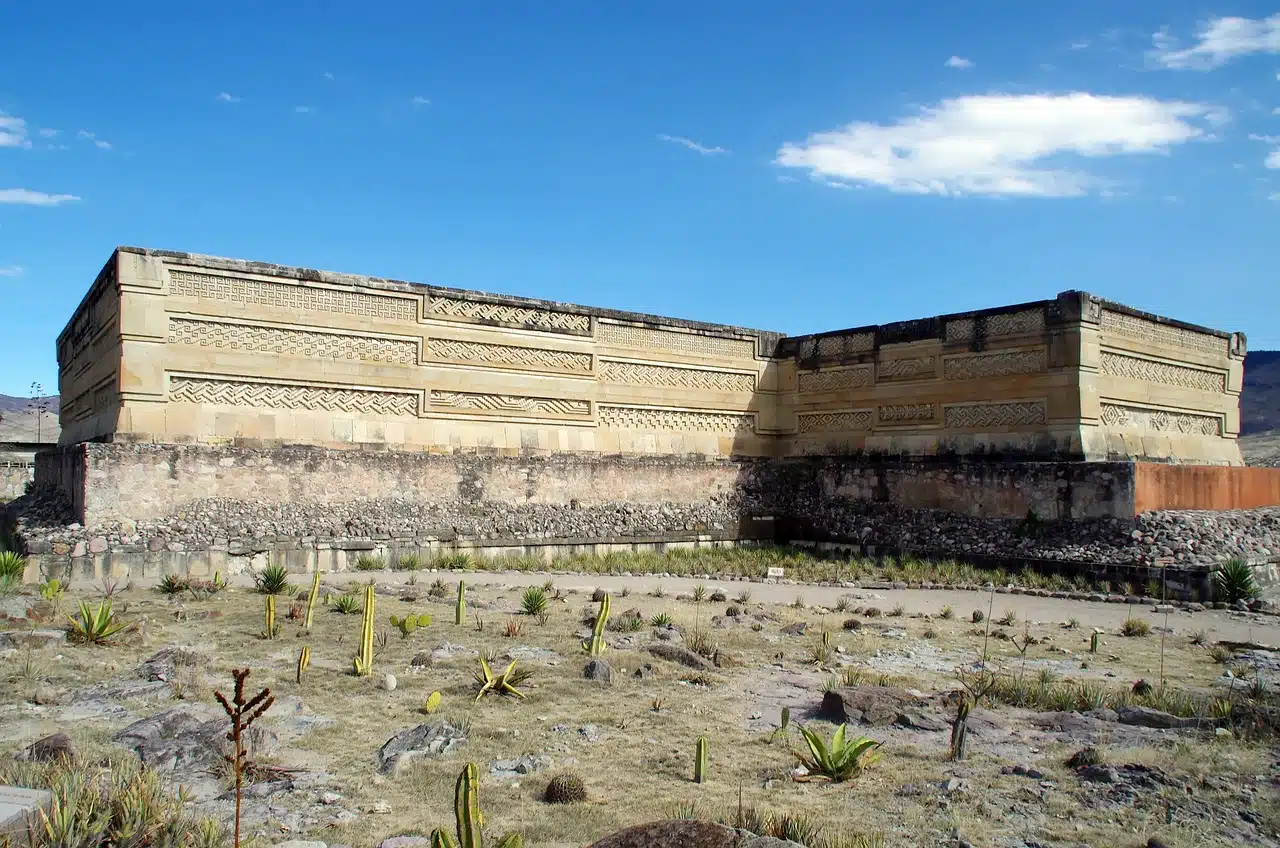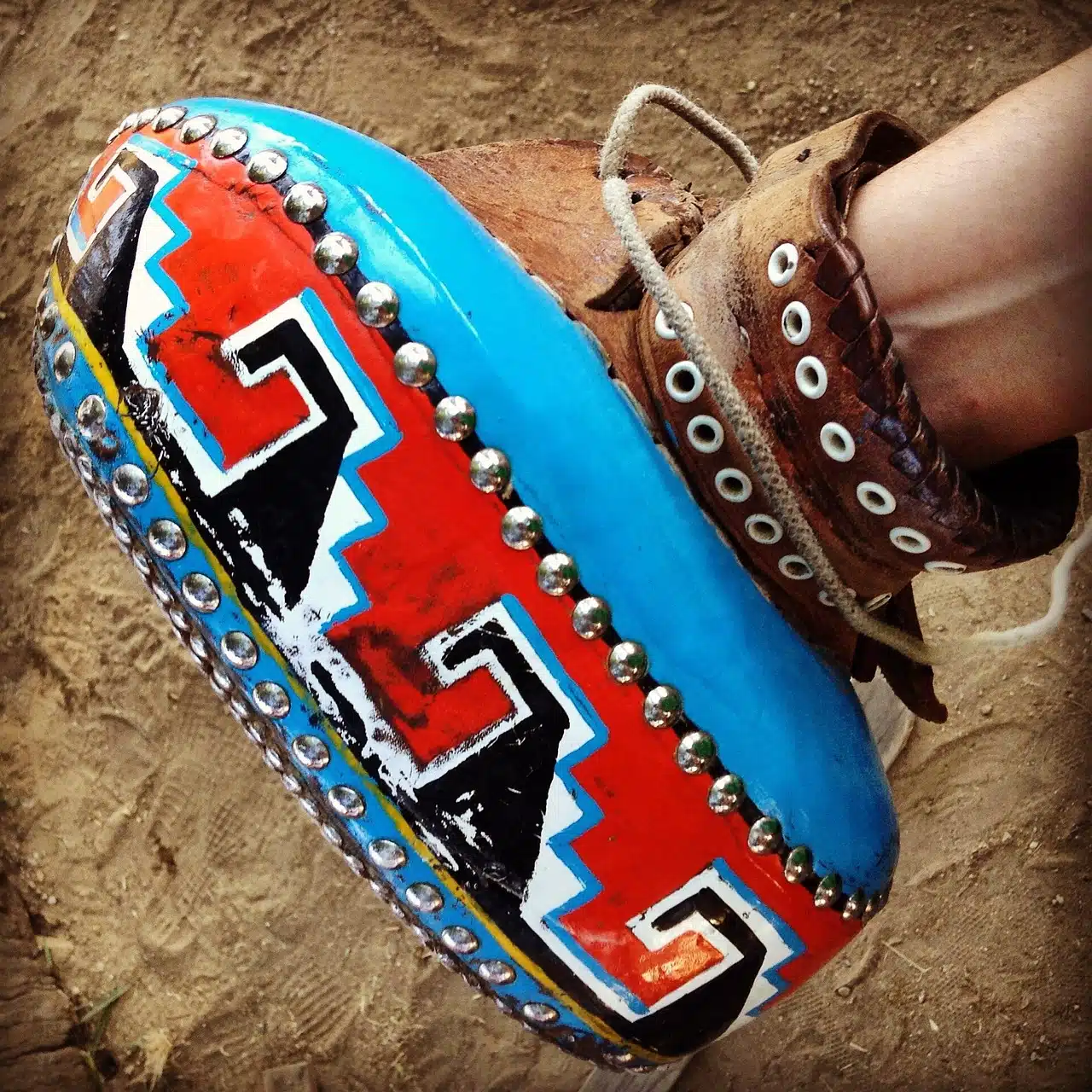
Monte Albán was one of the development scenarios for the Mixtec culture.
Mixtec culture is the name that identifies a civilization self-baptized as Ñuu Savi that settled in an area formerly known as Ñuu Dzahui (this expression linked to rainfall used to be represented by a hill on which a mask was worn, that of Dzahui , the patron of this town). Over the years, that Mexican territory located between the states of Guerrero , Oaxaca and Puebla began to be popularly recognized as La Mixteca .
Historical records and research have made it possible to reconstruct the history, lifestyle, beliefs and other issues that allow us, today, to know how this town, which was born through cultural diversification and whose mythology, has emerged, consolidated its identity and progressed. It has points in common with other Mesoamerican traditions.
Monte Alban y San José Mogote, principalmente, los vieron instalar su urbanización, al igual que en el área de valles de la sierra mixteca, aunque allí en menor medida. Desde el siglo XIII en adelante, la culture mixteca floreció de modo significativo. Al repasar sus áreas de influencia y los centros urbanos ligados a esta comunidad alcanzan visibilidad, además de los citados líneas arriba, lugares como Mitla, Tututepec, Achiutla, Tlaxiaco y Zaachila.
Riches of the Mixtec culture
The Mixtec culture treasures riches of incalculable value linked to both oral and written expression, faith, art, dance, music and construction.
It is interesting to keep in mind that Mixtec writing had a pictographic modality. Various Mixtec codices such as the Codex Vindobonensis , the Codex Zouche-Nuttall , the Codex Colombino-Becker and the Selden serve as proof of this. Thanks to writing, it has been possible to document both the history and customs of this community that cultivated numerous linguistic varieties that nourished the Mixtec language .
In creative matters, meanwhile, this society, in pre-Hispanic times, forged a Mixtec art inspired by its beliefs. Many ostentatious works were destined for rituals and altars established in temples.
Compared to the Zapotec people , for example, the Mixtecs did not do well working with stone in sculpture or architecture. Analyzing works found when excavating different sites, it is noted that a large part of the materials used for Mixtec architecture projects intended for homes of lower social classes were not characterized by their resistance.
In general, the Mixtecs handcrafted ceramics in order to generate pieces through which it is evident how the Zapotec and Olmec styles influenced them. In the Mixteca Baja area, for example, the so-called ñuiñe style stood out, which was complemented with a Teotihuacan imprint. In this framework, colossal heads and works inspired by the god of fire have emerged. In the postclassical era, Mixtec ceramics added more decoration and achieved a more delicate finish. In Yucuñudahui and several other areas, for example, Mixtec steles were found that reveal the essence of their art.
The Mixtecs believed in many gods. Various divinities, from the perspective of these people, symbolized forces of nature, an environment in which spirits of ancestors accumulated. These men and women who worshiped the god of rain ( Dzahui ), the god of death , the god of fire and the god of fertility , among many others, respected a hierarchy that included the yaha yahui . This is how the Mixtec priests were mentioned, who, for them, had the ability to transform into animals and acquire immense power. In conclusion, the Mixtec religion was animistic.

The Mixtec community has also left its mark in Mitla.
Mixtec gastronomy
In Mixtec gastronomy, foods from the land are prioritized. It should not fail to be highlighted, in this framework, that Mixtec agriculture has had, over time, impressive achievements and advances. This community adapted to nature to learn to get the best out of less fertile land and achieved efficient techniques to grow different foods.
Pumpkin, bean y corn son sus productos estrella, así como el cocoa y los chilies los animaron a condimentar y a crear nuevos sabores.
Huaxmole (a word that can be translated as gourd stew) is one of the typical dishes of this culture. The maguey pulquero , meanwhile, is a great ally for handcrafting a traditional drink called pulque .

Knowing the Mixtec culture allows you to discover beliefs, pastimes and customs of enormous antiquity.
Other interesting facts about Mixtec culture
Below we will share other interesting data about the Mixtec culture due to the enormous amount of information that has been collected about this people who have left deep and indelible marks in Mexico .
It is very interesting to know, for example, that the Mixtec calendar contained 260 days and in it there were signs to identify each year and logograms that functioned as a convention every time it was necessary to record dates to calendrical names with a numeral system based on points. It is also attractive to learn about traditional Mixtec medicine , a context in which mezcal has been established as a remedy and space is given to multiple elements of nature (such as water, plants, minerals and animal species) by recognizing their healing properties.
The Mixtec warriors and Lord 8 Venado (Mixtec king also nicknamed Ocho Venado Garra de Jaguar ), as well as Mixtec legends and Mixtec funerary rites , continue to deserve dissemination on an international scale since they teach about beliefs, social and political organization. and knowledge that were constituted as hallmarks of a people of great antiquity .
